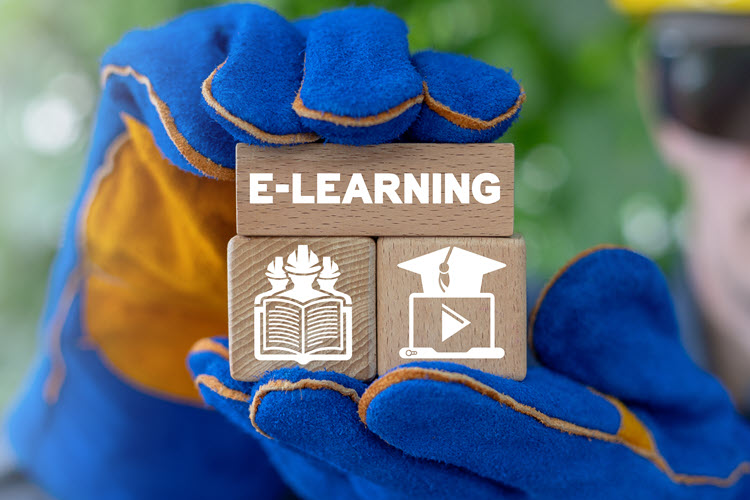
Where to start with adding eLearning to user manuals and why
Many of us are familiar with eLearning in the form of an online course; an online degree, a work induction video such as health and safety training, or during the pandemic children home schooling through an online portal. It can take many forms. But how does this relate to user manuals?
ELearning has quickly been established as a vital tool in technical documentation. Giving a purpose to user manual readers and helping focus the end user on important areas. Few people enjoy reading instruction manuals and most readers will short-cut to the areas they are interested in, skipping other important areas like safety instructions or installation procedures for example.
Benefits of eLearning in manuals:
- Focuses the reader on the user manual content.
- Ensures the user manual is read.
- Varies the type of user manual content being read (instructions vs questions).
- Makes reading the user manual more interactive.
- Challenges the reader and makes reading the user manual more rewarding.
ELearning helps employers ensure employees have read and understood important instructions, like the safe operation of a potentially dangerous piece of equipment without damaging the equipment or themselves.
Many manufacturers include a warranty clause requiring equipment operators to read the user manual in full before the equipment is used; eLearning can help encourage or ensure this.
Examples of eLearning use in manuals:
- Ensuring essential health and safety procedure has been read.
- Focusing the end user on key installation instructions that often cause problems.
- Testing the equipment operator has meet a set level of competence before being allowed to operate the equipment.
- Focusing the end user on a complex piece of instruction.
- Making sure the maintenance engineer is knowledgeable on common troubleshooting issues.
There are various levels of eLearning content. All of which can be added to new or existing user manuals.
The question often asked is how to implement eLearning while striking the balance between motivating readers to learn the content, without making them feel like they are under examination.
This is important for both the company providing the user manual and the company whose employees will be using the equipment.
As a starting point you can add a few simple questions to the end of each chapter. Which either provides the correct answers to help reinforce something particular, or prompts the reader to re-read the section before re-trying the questions, coercing the reader into slow-reading whole sections.
Below is a brief list of suggestions to add eLearning into user manuals:
- Sample questions after each chapter with correct answers provided.
- Sample questions after each chapter where progression is dependent on correct answers.
- Tests after each chapter which cannot be skipped where a percentage mark is calculated.
- Test at the end of the user manual covering the whole user manual where a test mark is given and a certificate awarded.
If you have never considered adding eLearning into your manuals, maybe now is the time. ELearning can be used across all subjects and industries. The thing to remember is this can be a gradual process or a planned execution on a much larger scale, the choice is yours.
